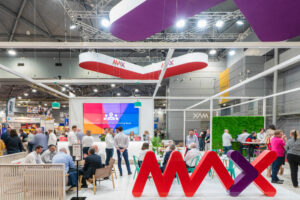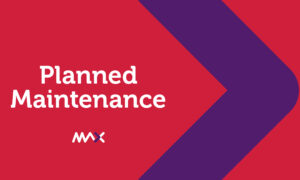There is a myriad of ways employers can incentivise their staff, not all of which require dangling a financial carrot. We look at some of the unique methods managers have deployed to ensure their employees remain engaged in their work while helping to foster an exceptional customer journey.
For nearly three decades Justin Forrester has strived to devise creative ways to stem the tide of high employee turnover within the hospitality industry. But while he doesn’t claim to have all the answers, as associate of Melbourne-based food and retail consultancy The Maytrix Group, he is only too aware that the stronger the emotional commitment to a workplace the less likely an employee is to leave.
Stakes are high in hospitality
Forrester says, in recent years, there has been a noticeable shift in the way hospitality workers are interacting with their workplace, with staff becoming significantly more sensitive to both their work environment, and treatment by employers, managers and colleagues.
While creating a positive and engaging workplace culture is important in all businesses, he says the stakes are heightened in transient industries, such as hospitality, where employees are expected to be customer-focused and customer-facing for most of their shifts. Complicating the issue is the fact that the sector attracts a diverse group of personalities, some of whom are motivated by the thought of a future pathway into hospitality, while others just see their work at a pub or gaming venue as a means of supplementing income while they study.
Forrester says implementing successful employment engagement strategies ensures a winning situation for all in the equation. This approach often reduces employee turnover and encourages better customer service and productivity.
“This can save thousands of dollars for the organisation and creates an amazing culture when delivered well,” he says. “[It] also provides a better environment for managers who are having to induct fewer staff, and can concentrate on delivering business improvements and innovation.”
Open communication fosters engagement
Forrester argues that creating a great workplace starts with the company and its leaders’ approach to communication and engagement with employees – this is irrespective of seniority and whether they are full-time, part-time or casual.
“This can be as simple as providing regular communication with all levels of staff from the three-hour per week casual employee through to the executive chef,” he says. “Regular ‘catch-ups’ give an opportunity to see how staff are tracking and how they are feeling, and provides a comfortable forum for positive reinforcement and constructive feedback.”
MAX’s General Manager of People and Culture – Keno, Gaming and Marketing, Fiona Santolin agrees that employees who feel their input is valued and recognised are more likely to feel motivated in their work. While offering a fair salary goes some way to helping guarantee a high level of staff engagement, so too does seeking input from trusted members of staff and maintaining a degree of flexibility when it comes to determining the perimeters of their roles, she says.
“We should be asking the team what’s important to them and what would make [the job] more exciting,” continues Santolin. “When you have such a diverse workforce, it could come down to things like, ‘What would excite me is if I didn’t have to work behind the bar every shift – could I possibly do other activities so there’s some variety in what I do?’ Maybe it lies in being able to plan shifts a month in advance rather than the week before. Maybe it’s a request for one weekend off a month.”
“[As employers, we need to find out] what those little things are that are going to make a difference to [our staff].”
Reward good work
Good employer/employee relationships also come about when employers ensure their staff have the right environment, knowledge, materials and equipment to perform the tasks expected of them, says Santolin.
Having spent most of her career in human resource operational roles in the retail industry, Santolin believes one of the most effective ways for venue managers and other hospitality providers to incentivise their staff is to have a robust staff rewards system in place: “In this environment, you can have some really tough customers – people who may be challenging to deal with. It’s got to be a fun environment and needs to be safe.”
“But there’s also reward and recognition,” she continues. “The reward [component] is where employees gain something material in the form of a bonus – money or other gifts. Recognition, however, is ongoing and free. For many, just being recognised, having their name put up in lights or being called out for a job well done at a staff meeting, is incentive enough.”
Forrester says offering staff the chance to upskill across other areas of the business – such as in graphic design, marketing, cooking or workplace training and assessment – can also work well as an incentive, as can social dinners or drinks and discounted meal benefits. He believes age and demographic also play a larger than expected role in understanding the levers for staff satisfaction, something that every organisation needs to ensure their leadership group understands.
“It isn’t a one-size-fits-all. Communication strategy on a small scale is the key.”




